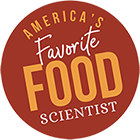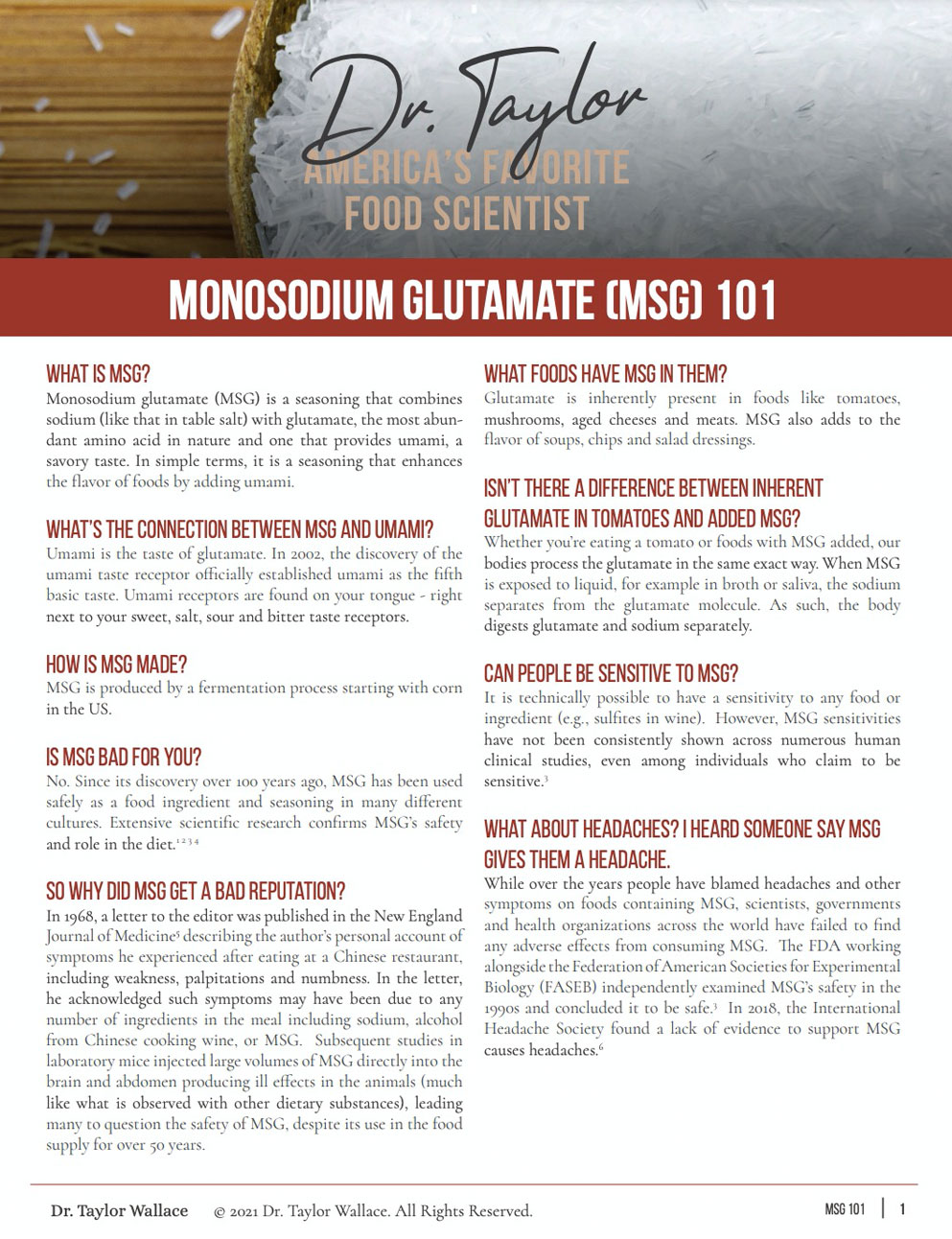Flavanol-3s: Not for Survival but for Flourish

- October 5, 2022
What Are Flavan-3-ols?
Flavan-3-ols are a complex group of dietary bioactive compounds commonly found in plant-based food and drinks, such as tea, apples, berries, cocoa, and my personal favorite, red wine. Dietary bioactives are defined by the National Institutes of Health (NIH) as “constituents in foods or dietary supplements other than those needed to meet basic human nutritional needs, which are responsible for changes in health status.” So, flavan-3-ols are non-essential nutrients, meaning you won’t develop scurvy and die from not consuming them, as is the case with vitamin C and other essential nutrients, but may promote and maintain good health. Many food companies are simply marketing flavan-3-ols as “antioxidants,” which improperly summarizes their functions. In fact, they possess a wide range of beneficial properties and may act as antioxidants, anti-inflammatory, anticarcinogen, cardio-preventive, antimicrobial, antiviral, immunomodulatory, and neuroprotective agents, making them arguably one of the most studied groups of dietary bioactive compounds in plants.
Health Benefits
Although we don’t rely on flavan-3-ols for survival, introducing them to our diet is still important since they can boost our health by preventing or lowering the risk of certain diseases, such as heart disease, type II diabetes, and even cancer. Their effect on cardiovascular disease (CVD) is perhaps the most well-known benefit. Flavan-3-ols intake can reduce CVD mortality by 13% in the general population, and this value is even greater among the elderly age 65+. With that in mind, this non-essential nutrient is critical for better health and life quality.
Flavan-3-ols exert protective effects by helping to improve blood pressure, blood flow, cholesterol levels, and blood sugar. But how do they handle all the tasks? Flavan-3-ols are metabolized in the intestine and liver after ingestion. While circulating in our blood, flavan-3-ols increase the expression of an endothelial enzyme called endothelial nitrogen oxide synthase (eNOS). Subsequently, the enzyme causes vasodilation and produces a hypotensive effect. In skeletal muscle, flavan-3-ols helps with glucose uptake by activating the glucose transporter type 4 (GLUT4). By increasing energy expenditure, they also improve blood lipid (i.e., cholesterol) levels. Flavan-3-ols are also great at scavenging free radicals due to the hydroxyl substituents in their structures. They have even been shown to protect the body’s cells from oxidation damage as we age.
Getting enough Flavan-3-ols from Diet
Flavan-3-ols are among the most consumed sub-group of flavonoids in the American diet, but are we consuming enough? Recommendations for bioactives intake have always been controversial because of their non-essential nature. In recent years, accumulating evidence and studies on flavan-3-ols have finally supported the establishment of recommended intake. After years of research, our group of internationally recognized scientists within the Academy of Nutrition and Dietetics published the first intake recommendation around a non-essential set of nutrients called flavan-3-ols: 400 to 600 milligrams daily intake of flavan-3-ols may reduce the risk associated with cardiovascular disease and diabetes.
Now that we have recommended intakes, what are the best dietary sources? Brewed tea is by far the best dietary source of flavan-3-ols. 8-ounces of green tea provides about 318 mg of flavan-3-ols, while the same amount of black tea provides about 277 mg. Good news for countries with tea cultures, such as Japan, the UK, and China. Flavan-3-ols are also abundant in fruits, such as blueberries, apples, and blackberries. It is worth noting that the harm of added sugar may offset the benefits of flavan-3-ols, so choose unsweet tea. As the new recommendationpublished in Advances in Nutrition suggests: “Among the general adult population, we suggest increasing consumption of nutrient-dense foods rich in flavan-3-ols and low (or absent) in added sugars, including but not limited to tea, apples, berries, and cocoa.”
Other ideal foods sources of are listed below:

The food sources we choose determine the types of flavan-3-ol we consume. As long as you are eating enough flavan-3-ols, the nuance in their types does not impact health benefits.
The guideline for dietary intake does not necessarily endorse high-dose supplements (e.g., green tea extracts) as they have been shown to potentially lead to adverse effects, such as gastrointestinal irritation and/or liver injury. As the editor-in-chief of the Journal of Dietary Supplements and a longstanding researcher in the field of dietary supplements, I meet my needs through modest supplementation of flavan-3-ols alongside a healthy diet (at least most days of the week). There are lots of supplements out there, but with varying quality and safety. Always talk with a Registered Dietitian Nutritionist (RDN) about your supplement regimen.
Interested in Learning More?
My personal courses on nutrition and food science can provide you with further information on a range of topics. They’re free, brief, and concise educational resources that will help you build a better diet. Don’t be afraid to check them out!
All recommended products can be found on my Amazon store. If you are looking for a supplement, try CocoaVia. It is the only supplement that shows prevention of cardiovascular disease events (e.g., heart attacks) and death in a clinical study of over 20,000 individuals. Just remember to stay within the recommended dosage.








